
Ingredients
Latest News
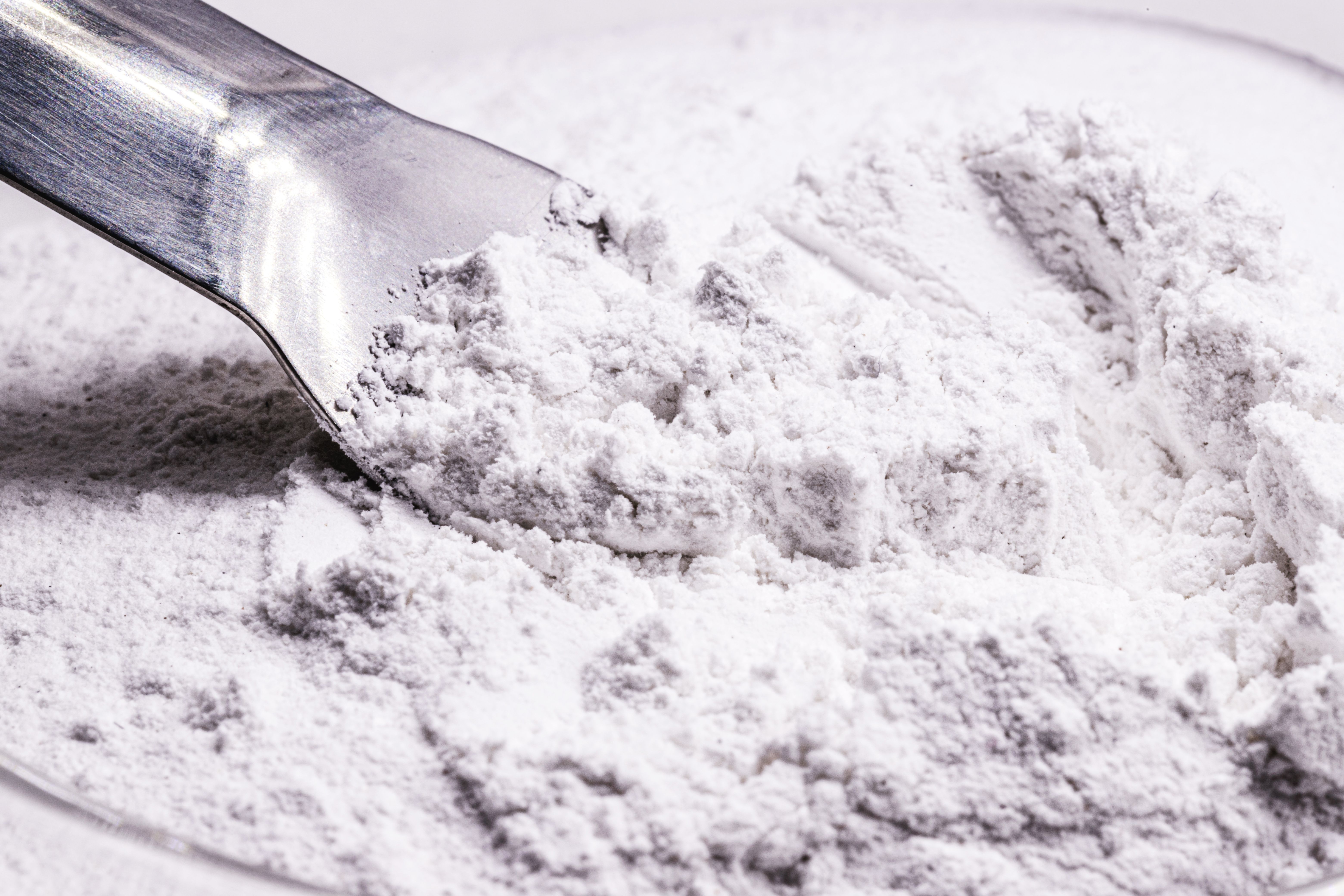
The Quest for Quality: Challenges and Strategies in Raw Material Selection for Biopharmaceuticals

Colorcon Launches New Titanium Dioxide Free Moisture Protection Coating for Pharmaceutical Tablets
Latest Videos
More News

The biggest hurdle is developing palatable formulations that are efficacious and patient friendly.
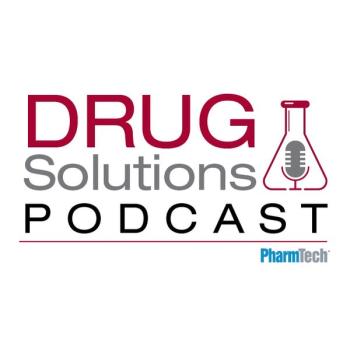
In this episode, David Tisi and Reenal Gandhi provide expert insights into advances and innovations changing the drug dosage form landscape.
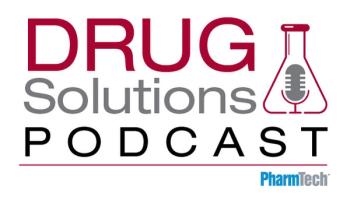
In this episode, Ana Ladino provides an update on the acceptance of a novel excipient onto CDER’s pilot program.

In this episode, Ana Ladino provides expert insight into novel excipients in the current and future drug development landscape.
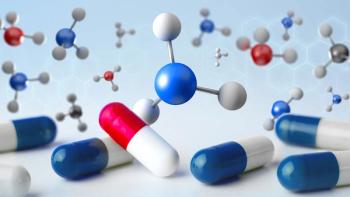
The authors discuss the differences in mechanism of activation of N-nitrosamides versus N-nitrosamines and the fact that they should not be treated the same.

In this episode of the Drug Solutions Podcast, Feliza Mirasol, Pharmaceutical Technology’s science editor, discusses technologies enabling biologics and emerging therapies manufacturing and development with Barry Holtz, PhD, chief scientific officer of Phylloceuticals, and Professor Yaakov Nahmias, founder and chief scientific officer, Tissue Dynamics and founder and president, Future Meat Technologies.

In this episode of the Drug Solutions Podcast, Meg Rivers, senior editor, interviews Joy Aho, senior product manager at Be The Match BioTherapies, about sourcing autologous and allogeneic cell therapies.

The potential for okra gum as a polymer candidate for new oral drug formulations was evaluated.

The virtual manufacturer and distributor of specialty materials acquired the NY-based company, adding analytical and manufacturing expertise.

The Committee for Human Medicinal Products (CHMP) of the European Medicines Agency (EMA) has issued its final opinion on measures for companies to take that will limit the presence of nitrosamines in human medicines.

With ingredients sold to multiple markets, excipient manufacturers must understand the different regulatory requirements for pharma vs. food.

A coalition establishes a secure, direct link between a physical tablet and a digital backend for supply chain integrity.

The divestment of the pharma and food ingredients business is in line with Ferrer’s new strategy to focus on the core business of branded pharmaceuticals.

This article discusses reduced sampling and testing of starting materials or components. Different strategies are presented to reduce the workload at the steps from sampling to release. Viewpoints from the different pharmacopoeias and regulatory authorities, as well as selected literature, are reviewed.

A new sucrose product from MilliporeSigma has reduced nanoparticle impurities.

High-throughput platforms can be used to develop tertiary phase diagrams, which can be leveraged to identify the most stable SEDDS formulations and excipients for lipid-based drug delivery systems.

A design strategy can ensure conflicting properties are managed appropriately for multi-API controlled-release formulations.

Suheung’s new facility in Vietnam is dedicated to vegetarian capsule manufacturing.
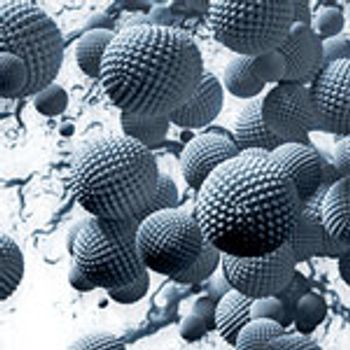
Nanotechnology is enabling enhanced bioavailability, improved stability, and targeted delivery of challenging APIs.

StarTab from Colorcon was designed to ensure functionality and stability for direct compression tableting.

Knowing the source and understanding the impact on CQAs is crucial to optimum drug formulation and processing.
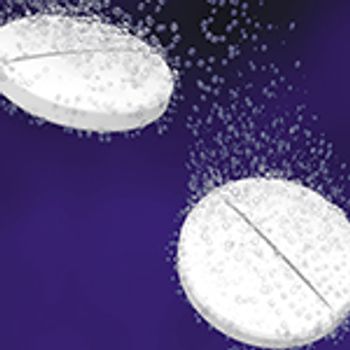
Particle morphology of magnesium stearate, added as an anti-caking agent in a high water‑soluble drug substance, has an influence on the dissolution rate of compressed tablets.

Supplier vetting and monitoring-plus comprehensive testing-ensure quality of raw materials.

Understanding the API, delivery mechanism, and excipient functionality is essential to solving drug solubility challenges.

Antibody-based drugs offer new mechanisms of action and greater specificity.

